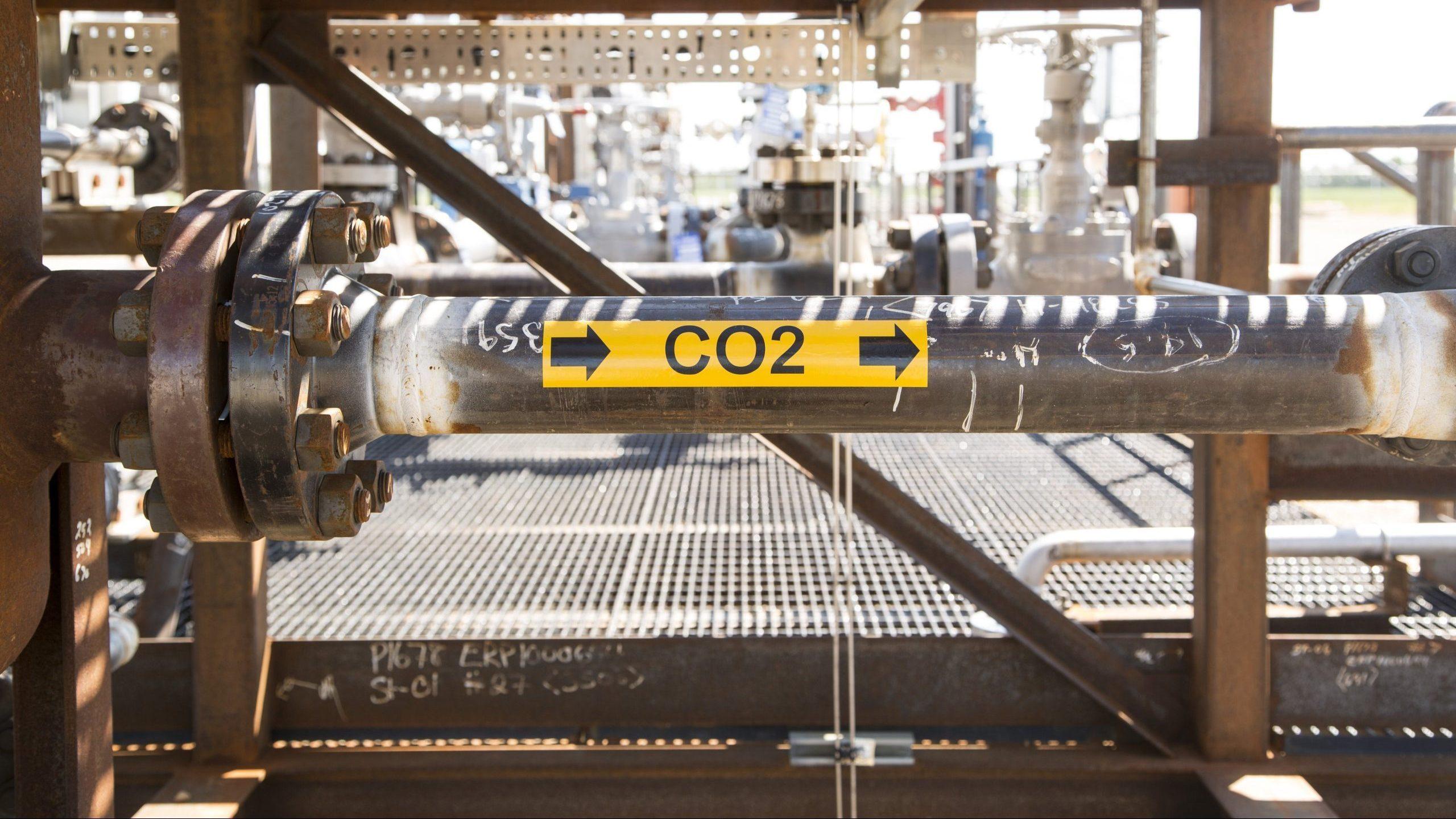Alberta has strategic advantages in carbon capture and storage (CCS), a core technology to achieve carbon neutrality, says a director with the low-carbon energy think tank Clean Prosperity.
“I think it’s important for us to remember that we have the people, we have the geography and we have that great policy environment to be able to lead on CCS across the country,” Adam Sweet said during a recent webinar.
According to the International Energy Agency, 45 commercial CCS facilities are in operation worldwide.
Alberta has five operational CCS projects, which have stored roughly 14 million tonnes of CO2, and dozens more projects are in various development stages.
The province is situated atop the Western Canada Sedimentary Basin, which boasts an abundance of potential storage space for captured carbon.
According to a study by Clean Prosperity, Alberta has around 79,000 megatonnes of pore space available in underground saline aquifers and mature or depleted oil and gas wells.
“One of the main reasons why CCS is so big in Alberta is, frankly, we have the geology,” said Sweet.
In August, two new CCS projects in Alberta got the green light to proceed.
Shell and partner ATCO EnPower announced they will build a new CCS project at the Scotford refinery and chemicals complex near Edmonton, while on a smaller scale, Entropy Inc. will add a second phase of CCS at its Glacier gas plant near Grande Prairie.
Combined, the projects are expected to capture and store about 810,000 tonnes of CO2 per year, the equivalent of taking nearly 200,000 cars off the road annually. Entropy’s project is to start in 2026 and Shell/ATCO’s in 2028.
Sweet said that in addition to Alberta’s geological ability to store vast quantities of CO2 underground, the province has advantages including the Technology Innovation and Emissions Reduction (TIER) regulation, an industrial carbon price that has existed for nearly 20 years.
This regulation covers around 60 per cent of Alberta’s total emissions and around half of Canada’s total industrial emissions, according to Clean Prosperity. The ability to generate carbon credits makes TIER attractive for companies considering CCS.
“Those facilities that invest in carbon capture and storage and can reduce or can create these carbon credits by coming underneath the benchmark, they can then sell those carbon credits,” said Sweet.
He said that in addition to the TIER regulation, Alberta’s expertise and knowledge of energy production are another key asset that makes it an attractive jurisdiction for CCS.
“We often forget that we have knowledge and experience of working underground, as well as working with everything from the valves to the pipes and all the different pieces that exist in this low carbon energy economy.”
Government support is helping drive new CCS development.
Alberta is finalizing its carbon capture incentive program, which covers up to 12 per cent of eligible capital costs, while the federal government has implemented its CCS investment tax credit, which covers up to 60 per cent of capture equipment and 37.5 per cent of the cost for transportation, storage or usage equipment.
Both governments have supported CCS projects in the past: Shell’s $1.3 billion Quest project received $745 million from Alberta’s government and $120 million from Ottawa, while the $1.2 billion Alberta Carbon Trunk Line received $495 million from Alberta and $63.2 million from the federal government.
The unaltered reproduction of this content is free of charge with attribution to the Canadian Energy Centre.
